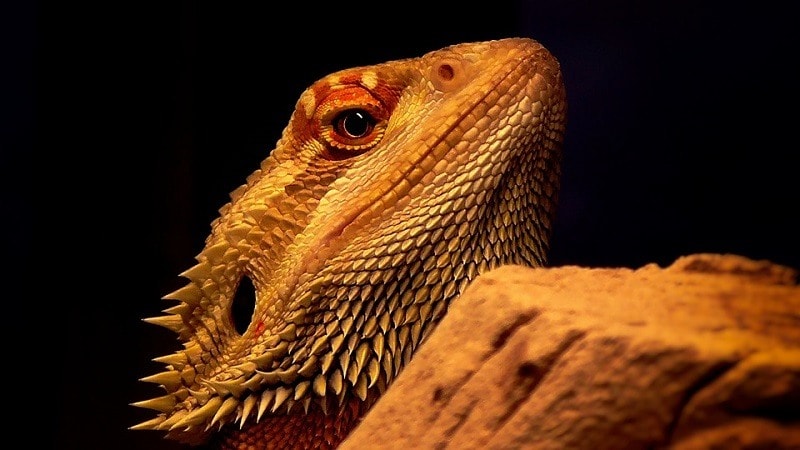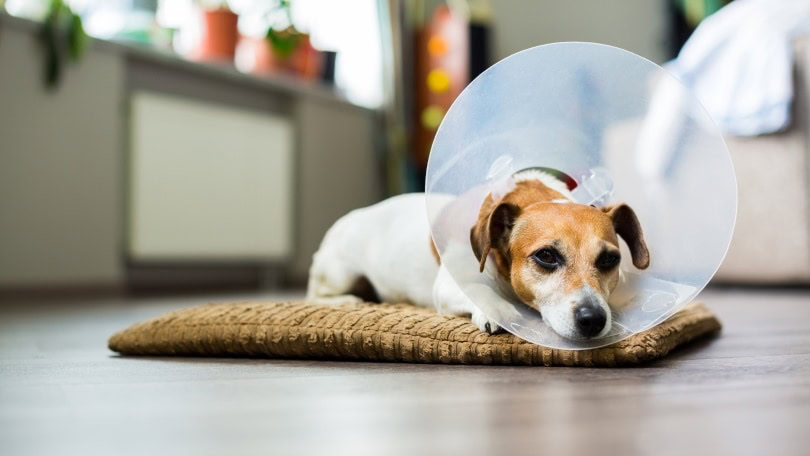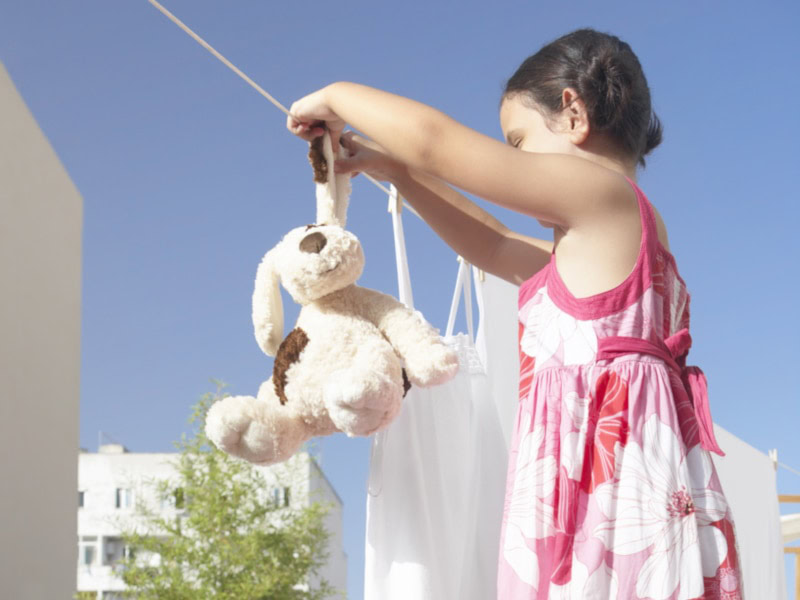Click to Skip Ahead
Bearded dragons are among the most social, interactive lizards you can have in captivity. Owners are drawn to them because of their curiosity, quirks, and cool appearance. They are relatively easy to care for, especially when you know how to maintain their enclosure and provide a nutritious diet.
If you’re a first-time beardie owner, you are probably brushing up on all the facts you can learn. You can expect bearded dragons to be approximately 16–24 inches long as adults. Ideal environmental factors alongside a well-balanced diet will ensure your little dragon grows big and strong.

Facts About Bearded Dragons
Bearded dragons are desert lizards native to Australia’s toasty climate. The domestication of bearded dragons really caught on in the United States during the 1990s.
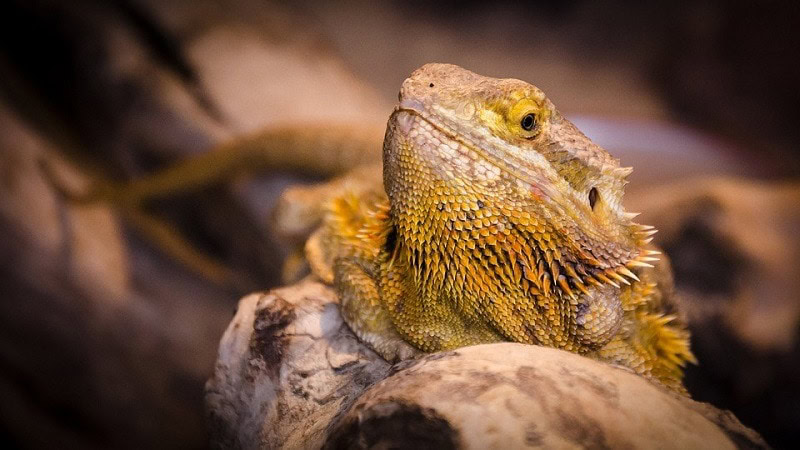
However, many reptile lovers have been swept away by the social nature of these incredible desert dwellers.
- They can run up to 9 miles per hour. Even though humans can run much faster, catching your little beardie can still be hard once they pick up the pace.
- They love to swim. Your bearded dragon will adore bath time. They are skilled swimmers who can paddle through the water with speed and accuracy.
- They can change their sex. While this is rare, it can absolutely happen, usually while they’re in the egg.
- They wave and bob their heads to communicate. You might have seen adorable videos of beardies doing this. Head bobbing is a form of communication but can also be a sign of aggression.
- There are different types of bearded dragons. Breeders have worked to create other breeds within the species.
- They can climb trees. Because of their overall structure and grippy claws, beardies are master tree climbers.
- They are egg layers. Since bearded dragons are cold-blooded creatures, they lay eggs.
- They prefer solitude. While you might be able to keep females together, most bearded dragons prefer to be alone. Males might even fight to the death if you put them together.
- They produce mild venom. This fact isn’t as widely known because the venom doesn’t affect humans. However, beardies have a mild venom to kill their prey.
- They cannot regrow their tails. Unlike other lizards, bearded dragons cannot grow a broken tail back to its natural form.
Bearded Dragon Size and Growth Chart
| Age | Weight | Body Length |
| Hatchlings (0–2 Months) | 0.1–2.82 ounces | 3–9 inches |
| Juveniles (3–11 Months) | 2.82–16.9 ounces | 8–20 inches |
| Sub-Adults (12–18 Months) | 10.5–17.6 ounces | 16–22 inches |
| Full Adults (18+ Months) | 10.9–17.9 ounces | 16–24 inches |
When Do Bearded Dragons Reach Their Full Size?
Bearded dragons reach their full size by 18 months old. As adults, they should measure between 15 and 24 inches, depending on a few factors. They should weigh roughly 11–18 ounces. Taking your lizard to regular vet checkups is vital during their first year.
You need to ensure that they are developing properly and are correctly nourished. If you skip a visit, you might miss important information that could help your beardie thrive.
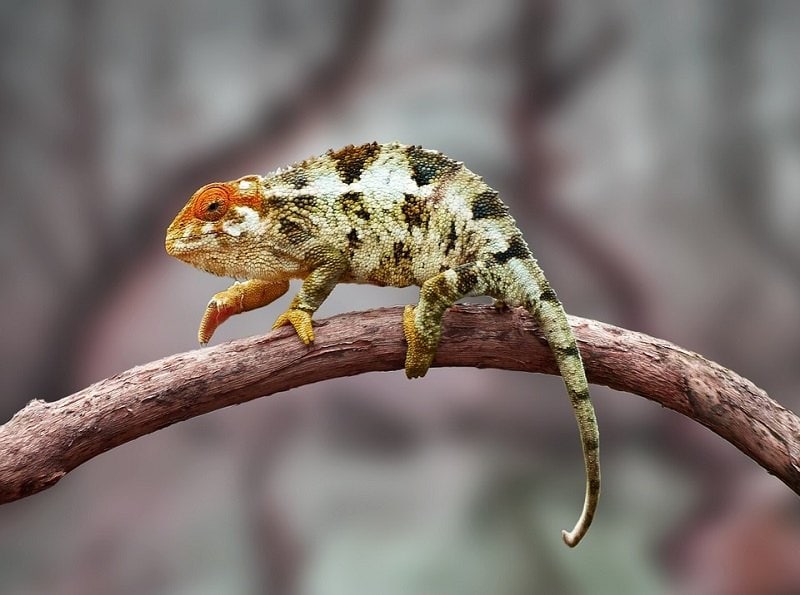
What Other Factors Affect Bearded Dragon Growth?
- Enclosure size: Interestingly, the size of your bearded dragon’s enclosure could stunt its growth. Your beardie will only grow to match its environment. So, if you keep them in a tiny cage, they might never get bigger, even if you move them to a larger cage.
- Genetics: The parents’ size can affect the offspring’s adult mass and structure.
- Gender: Females are usually smaller than their male counterparts. So, you might notice a vast difference in size between the two.
- Diet: Young bearded dragons must be fed often to keep up with their growing bodies. They need lots of protein and fat to feed their growing muscles, skin, and bones.
- Health Issues: Some health issues, like metabolic bone disease, can transpire without the proper diet and environment.
- Tank Conditions: You need to make sure to keep your enclosure clean, scooped, and continuously debris-free. You should also keep the temperature and humidity levels in the normal range.
Ideal Diet for Optimal Growth
Your beardie should have a full selection of calcium-rich, gut-loaded insects as well as fresh fruits and veggies. The recommendation is to serve 75% insects and 25% fruits and veggies.
- Baby Beardies: Proper calcium and protein are vital at this stage. Their diet should primarily consist of small insects like crickets to give their body the appropriate nutrients for growth. Crickets have a very high amount of fat and protein, which helps them develop through maturity. You should feed your baby beardie two to three times per day, as much as they will eat in a singular 15-minute feeding.
- Adult Beardies: You should feed your bearded dragon at least once every two days. You must maintain healthy calcium levels and provide adequate vitamin D sources. Adult bearded dragons don’t require as much protein as in their juvenile stage.
Beardies don’t need much plant matter until they’re 12 months or older. They need to eat insects, fruits, and veggies. The general rule is that you should offer 75% insects, 20% veggies, and 5% fruits.
- Tip: Do not try to put crickets into a cage with bearded dragons unless it’s feeding time. Even though it might seem convenient, they can rule the roost—and even bite your beardie. Only let them interact with the crickets during mealtime.
Items on the Menu
Regarding their diet, you should ensure that your beardie has a sound variety of food.
- Bearded dragon commercial food
- Crickets
- Mealworms
- Roaches
- Superworms
- Dark, leafy greens
- Fresh veggies
- Tropical fruits
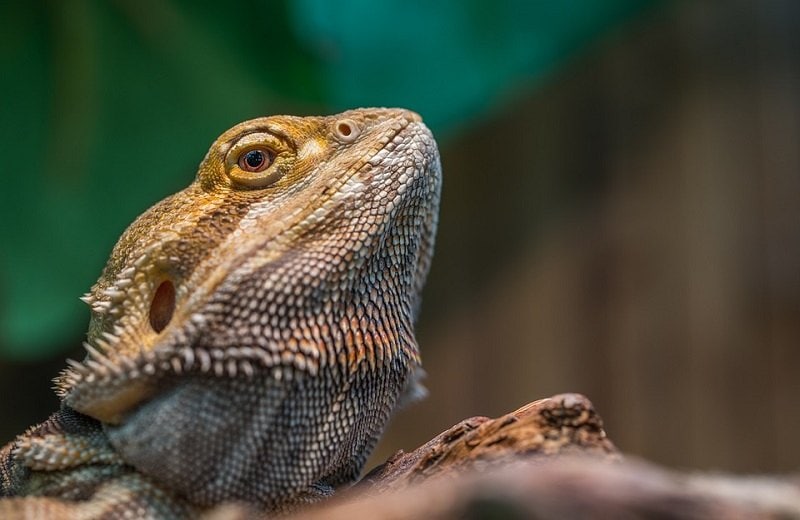
Things to Avoid During Feeding
Even though beardies have a pretty wide menu choice, some foods are dangerous.
- Wild-caught insects (even if you’re running low on food)
- Fireflies
- Avocado
- Garlic
- Onion
- Eggplant
- Iceberg lettuce
Why Is My Bearded Dragon Not Growing?
If you haven’t noticed a recent increase in size, it may raise some concerns.
- Poor lighting: Inadequate lighting prevents vitamin D absorption, which can stunt growth and lead to other bone issues.
- Inconsistent or inadequate feeding: If you aren’t keeping your beardie on a feeding schedule, you might not be feeding them enough. It will cause slow development or lack thereof.
- Parasitic infection: These infections are usually transmitted by insects. If parasites steal nutrients from your growing lizard, it can affect its development.
- Disease: Some bone diseases can stunt growth, but a proper diet can prevent it.
- Brumation: This is essentially a hibernation period. Lower-than-average temperatures and inconsistent lighting cause it. In preparation for winter, they will shut down into sleep mode without eating or drinking, which can stunt the growth of young beardies. To prevent this, ensure they get 10 to 12 hours of daylight daily.
How Can I Tell if My Bearded Dragon Is Overweight or Underweight?
If you keep your bearded dragon on a specific diet for their life stage, they shouldn’t experience weight problems. However, if you notice something is amiss with their weight, contact your veterinarian.
Underweight Bearded Dragons
Your bearded dragon should never look flat or thin.
- Thin legs and tail
- Protruding hips bones
- Large head, small body
- Sunken fat pads
- Protruding rib cage


Overweight Bearded Dragons
Feeding a balanced diet is vital since overweight beardies have shorter lifespans.
- Large, round belly
- Thick tail
- Distended jawline
Healthy Bearded Dragons
- Alert and curious
- Clear-eyed
- No discharge from openings
- Large appetite
- Filled out bodies
How to Measure a Bearded Dragon
There are two ways to measure the length of your bearded dragon. The correct way is to measure from the tip of the snout to the vent, which is the opening below the base of the tail. However, many people find it easier to measure their beardies from the snout to the tip of the tail.
The tail often accounts for half or more of the body length. Remember that if you track your beardie’s measurements at home from snout to tail tip, you should tell your vet you’ve measured them that way when you take them for a visit.
A food or baby scale is ideal for weighing your bearded dragon. An adult bearded dragon weighing over 510 grams is usually considered obese, so it may be time to talk to your vet about a diet if needed.
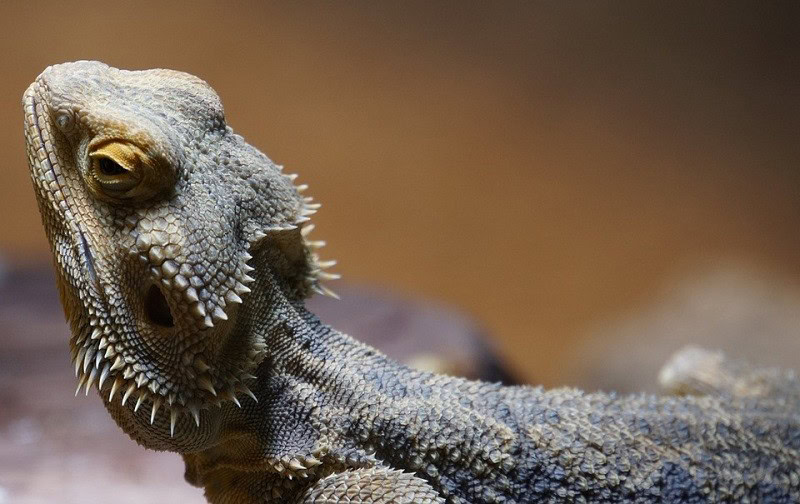

Final Thoughts
Keeping track of your beardie’s growth will only reassure you that everything is as it should be. Especially if you’re an inexperienced owner, it can be nerve-wracking not to know you’re doing everything right.
Maintain a feeding schedule so you know they’re getting the right amount of food appropriate for their life stage. UV light is equally important—they really need their vitamin D.
- https://dragonsdiet.com/blogs/dragon-care/how-big-do-bearded-dragons-get
- https://www.everythingreptiles.com/how-big-do-bearded-dragons-get/
- https://reptile.guide/wp-content/uploads/2020/01/Bearded-Dragon-Growth-Rate-Chart-by-Age.jpg
- https://s-media-cache-ak0.pinimg.com/736x/0e/b9/94/0eb994663c6fde67a3c083f4cae78ee1.jpg
Featured Image Credit: ZeppsProject, Pixabay
